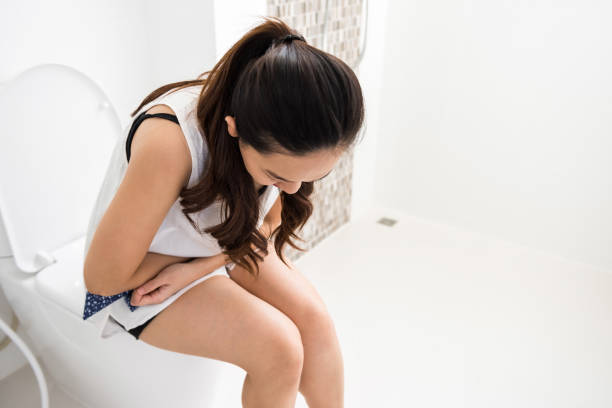Shigella is a type of bacteria that causes an infectious disease known as shigellosis or bacillary dysentery. The infection is usually spread through contaminated food or water and can also be spread from person to person through poor hygiene practices.
The symptoms of shigellosis typically appear within 1 to 2 days after exposure to the bacteria and can last for several days to a week. The most common symptoms of shigellosis include:
Diarrhea: This is the most common symptom of shigellosis, with the stool being watery, bloody or both.
Abdominal cramps: Patients may experience painful abdominal cramps or discomfort, especially after passing a bowel movement.
Nausea and vomiting: Some individuals may experience nausea and vomiting, especially after eating.
Dehydration: The symptoms of shigellosis can lead to dehydration, especially in children and elderly individuals.
Fevers: High fevers may be present in some individuals with shigellosis.
Fatigue: Patients may experience fatigue, weakness and malaise.
In severe cases, shigellosis can lead to more serious complications such as reactive arthritis, encephalopathy, and toxic megacolon.
The diagnosis of shigellosis is typically made through a combination of medical history, physical examination, and laboratory tests. A stool sample is usually collected to test for the presence of Shigella bacteria. In some cases, a blood test may be ordered to check for dehydration or other complications.
The treatment for shigellosis involves addressing the symptoms and preventing dehydration. This may include taking oral rehydration solutions to replace lost fluids and electrolytes, over-the-counter medications to relieve abdominal cramps, and rest. In severe cases, antibiotics may be prescribed to clear the infection.
It is important to practice good hygiene to prevent the spread of shigellosis. This includes washing hands frequently with soap and water, especially after using the restroom or changing a diaper, avoiding close contact with individuals who have shigellosis, and cooking food thoroughly.
In conclusion, shigellosis is an infectious disease caused by the bacterium Shigella. The symptoms of shigellosis include diarrhea, abdominal cramps, nausea and vomiting, dehydration, fevers, and fatigue. The diagnosis of shigellosis is typically made through a combination of medical history, physical examination, and laboratory tests. The treatment for shigellosis involves addressing the symptoms and preventing dehydration and may include taking oral rehydration solutions, over-the-counter medications, rest, and antibiotics. To prevent the spread of shigellosis, it is important to practice good hygiene and to avoid close contact with individuals who have the infection.

 Home
Home Health
Health Diet & Nutrition
Diet & Nutrition Living Well
Living Well More
More












